Lately, I've been receiving a lot of curious questions about my photography, particularly about my editing process and the tools I use. I'm genuinely grateful for your interest and excited to share a behind-the-scenes look at my workflow.
At the outset, I must confess to being a somewhat laid-back editor. My primary focus during a shoot is to meticulously compose the scene within the camera's frame. This proactive approach significantly reduces the need for extensive post-processing or retouching later on. However, the unpredictable nature of street photography often throws curve-balls. Achieving a flawless image straight off the bat is a rare and cherished event. Consequently, a degree of editing or retouching, such as fine-tuning highlights and shadows, making subtle color adjustments, or correcting the alignment, becomes a necessary step.
Moreover, our cameras don't always interpret the visual world precisely as our eyes perceive it. Retouching serves as a bridge, allowing me to mold the final image closer to my initial artistic vision. Consider it akin to the final coat of varnish on a handcrafted piece of furniture, as the insightful photographer Alan Schaller so eloquently put it. It refines the nuances and brings a polished finish to the work. My personal editing philosophy, however, leans towards authenticity. My aim is to enhance the inherent beauty of the scene rather than dramatically transform it. While I hold immense respect for photographers who embrace heavy manipulation as a cornerstone of their artistic expression, it simply doesn't align with my personal taste.
So, where does this editing magic unfold? The honest answer is, virtually anywhere. Whether it's on a Mac, a PC, an Android device, or an iOS device, the operating system or device doesn't dictate my process. The crucial elements are having the dedicated time and the right creative mindset. Now for a rather unexpected revelation: approximately 80% of the photographs you encounter on my Instagram feed, various social media platforms, and even my website undergo their primary editing on my mobile device. That trusty companion is a Xiaomi Mi 9T, a phone I acquired in mid-2019 and have relied on daily ever since. It capably handles everything from social media updates and responding to comments to engaging in chats and even crafting short videos (though I do utilize separate applications for the latter).
Here's an even more curious detail: my Mi 9T has been without a SIM card since mid-2022. Since that point, its singular purpose has been photography. It has proven to be a remarkable performer, consistently delivering smooth and dependable operation without any frustrating lag. Even after six years of use, its battery life remains impressively robust, easily lasting an entire day. While discussions about high refresh rates abound, I must admit I neither know nor particularly concern myself with this phone's specifications in that area. This phone, with its all-glass construction and ergonomic design, feels comfortable and secure in hand. What I truly value is its uninterrupted display. The absence of any notch or camera cutout provides a clean and fully immersive viewing experience. This was a significant deciding factor when I initially chose this phone, and my satisfaction with that decision remains unwavering. Above all, I have complete faith in the color accuracy of its screen. Even when I edit on a true tone Mac display or an iPhone, I always conduct a final visual check on my Mi 9T. If the colors and overall aesthetic appear harmonious on this device, I confidently deem the photo ready for sharing on social media or for other purposes. Interestingly, the phone's integrated camera is not particularly outstanding, perhaps its only genuine weakness. However, given that I rarely use my phone for capturing images, this limitation poses no significant problem for me. And just to be clear, Xiaomi has not compensated me in any way for this enthusiastic endorsement!
For my more in-depth documentary projects, such as Beyond the Bricks, Echoes of Exile, etc. I generally prefer the larger canvas of my MacBook or other devices with bigger screens. There's a distinct level of precision and control that a larger display offers, which is difficult to replicate on smaller handheld devices. These projects often comprise a carefully curated selection of 20 to 30 images, and it's paramount that all the photographs share a cohesive visual language. Consistency in tone, mood, and color grading plays a pivotal role in shaping the overall narrative. A larger screen allows me to view and compare images side by side, facilitating the creation of visual harmony throughout the series. It also aids in identifying subtle imperfections or color inconsistencies that might go unnoticed on a mobile device. So, when the goal is to tell a story through a series of images, I make sure the retouching process gets the time, care, and focus it truly deserves.

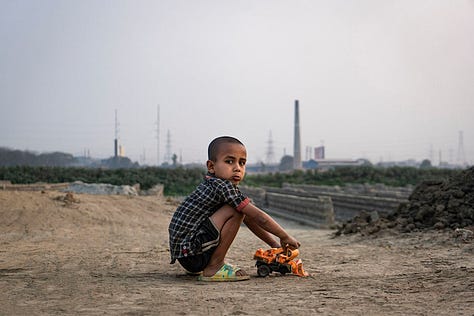
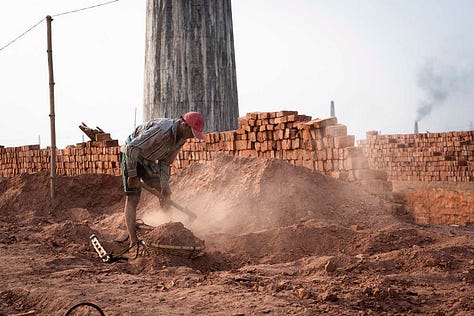

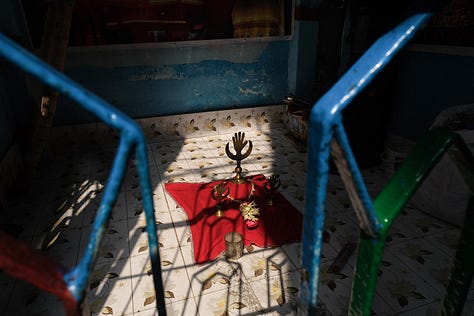

Regarding the software I employ, my choices are quite direct. Adobe Lightroom and Adobe Photoshop are my trusted companions for photo editing, retouching, and post-processing. While other noteworthy software options exist, including Capture One, Luminar, and Darkroom, I find myself more deeply rooted in the Adobe ecosystem. My familiarity extends to several other Adobe applications like Illustrator and InDesign, and the consistent user interface and seamless file transfer between these programs provide significant convenience. There's a widely held belief that Capture One excels in handling Fujifilm images, and this may indeed be the case. However, as I've mentioned previously, convenience holds a higher priority in my workflow.
When it comes to mobile retouching and editing, my primary tools are Adobe Lightroom and Snapseed. I utilize the paid version of Lightroom, which offers a comprehensive suite of editing capabilities, enabling me to make professional-grade adjustments directly on my mobile device. The beauty of Lightroom lies in its ability to maintain image quality during export, meaning I can confidently use these mobile edits for printing and various publications. For simpler and quicker adjustments, I turn to Snapseed, a fantastic free application that's ideal for minor tweaks. I particularly rely on Snapseed for adding borders to my images before sharing them on Instagram. However, mobile editing does present its own set of challenges; it's easy to become overly enthusiastic, so it's crucial to recognize when to stop and avoid over-processing the image. Furthermore, maintaining organized and properly backed-up edited images is essential, as mobile storage can fill up rapidly, and having a robust system to track your work is paramount. Mobile retouching, when approached thoughtfully, can be an exceptionally efficient and powerful tool within a photographer’s editing arsenal.
So, there you have it. A comprehensive overview of my photo editing practices, the devices I utilize, and the software I trust. I sincerely hope this information has proven insightful and beneficial to you all. Please don't hesitate to let me know if you'd be interested in reading more articles like this. I'd be delighted to share further insights through writing, and perhaps in the future, I'll create dedicated videos on these topics.

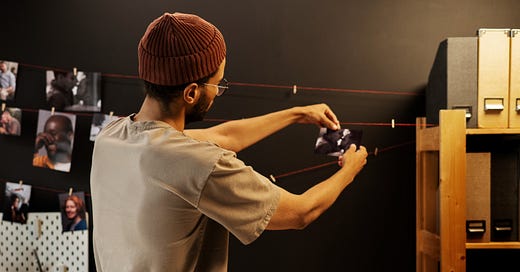



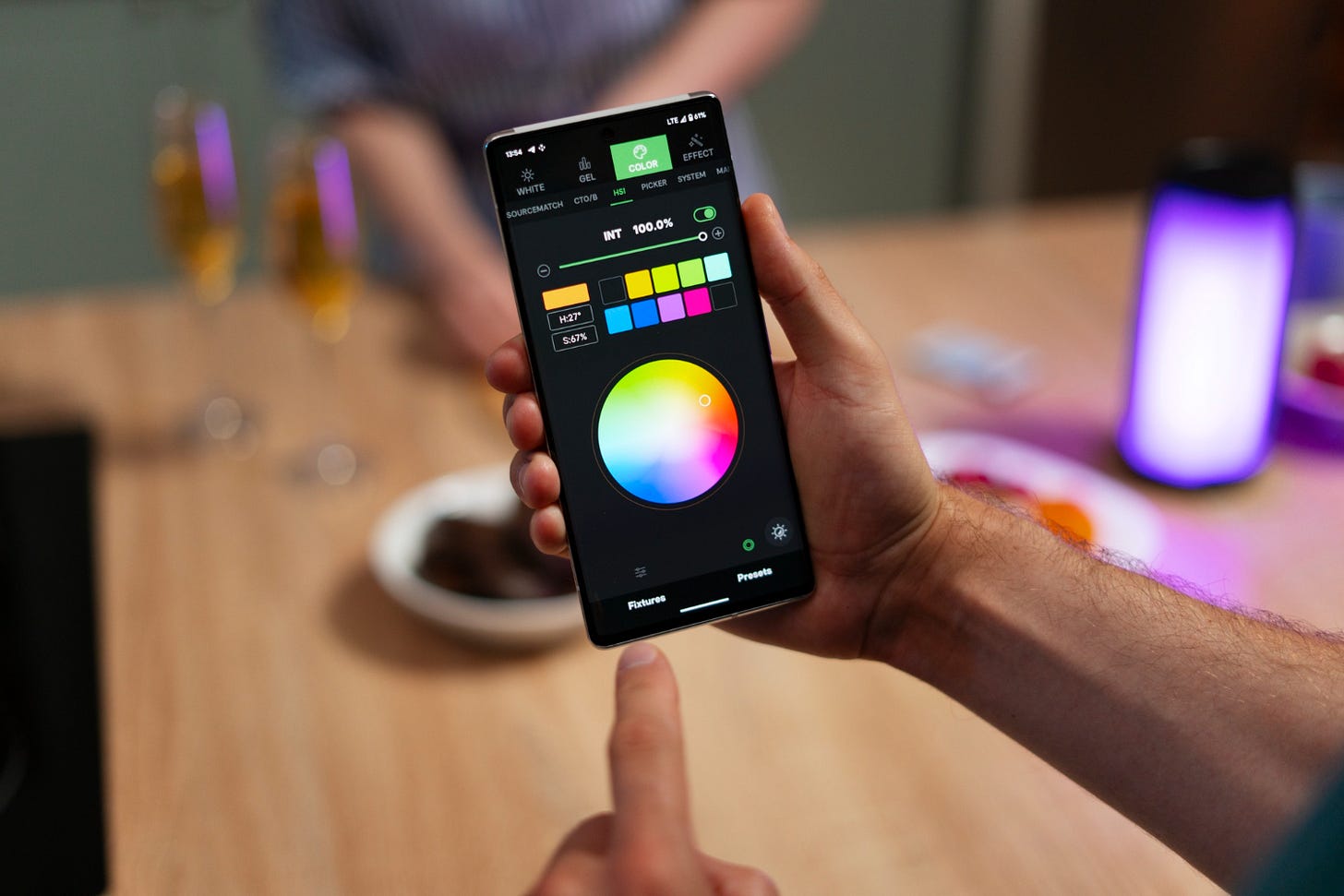



Like you Anwar, less is best in my editing process as well.
Great article!!
You can also add borders to images when exporting from Lightroom mobile now.
I'm currently considering changing my image processing workflow, so this is very interesting